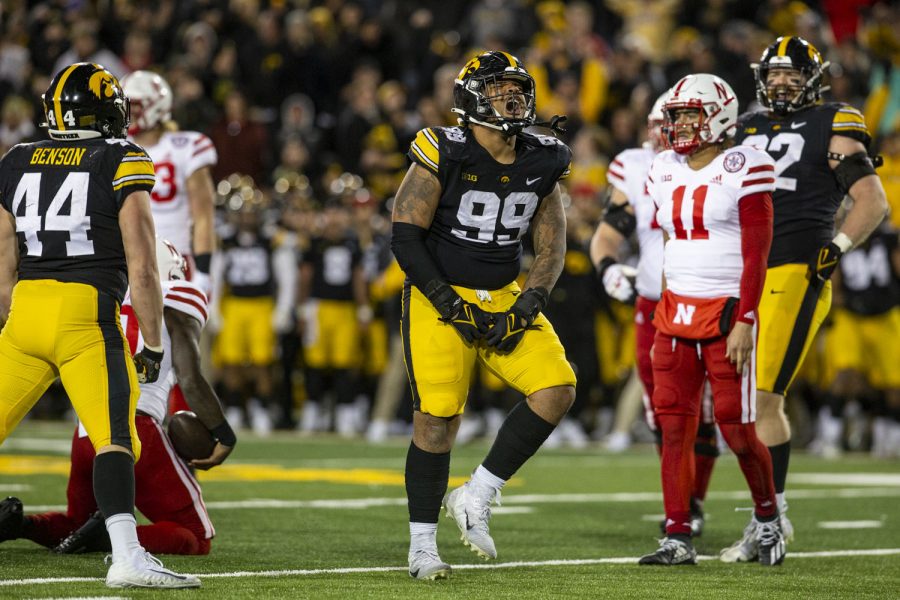The Iowa women’s cross-country team has kept its best runners in competition all season long, and their health and potential are a welcome novelty this late in the season.
But as senior Brooke Eilers has learned, achieving success while maintaining health sometimes has less to do with the time an athlete spends on the track and more with making the decision to step away before it’s too late.
Eilers has struggled with injuries, both stress fractures and injured iliotibial band bands in her knees, for much of her competitive life.
"She was a successful high-school runner but battled injuries throughout her high-school career," coach Layne Anderson said. "She came to Iowa and suffered some of the same fate initially — just trying to train at the level that we train at, continuing to run into different ailments along the way."
These injuries have caused Eilers to retool her training strategy and spend less time running distances and risking injury. She keeps herself fit and motivated through a variety of cross-training methods such as running in a swimming pool and working on a stationary bike. They’re activities that keep her fitness up while putting significantly less strain on her legs than traditional running.
"She has seen that if she runs as many miles as everyone else she’s going to get hurt," said Betsy Flood, one of Eilers’ training partners. "On the quality days, where we’re actually pushing and working hard, she’s always going to run. But on the other days, she’ll cross-train. It’s allowed her to have great success and to stay healthy."
While the new regimen has been a positive in Eilers’ running career, she said it’s sometimes difficult to trade a day of running in a comfortable environment with her teammates for a day on the bike or in the pool.
"To have to cross-train isn’t fun, but I’ve kind of learned to shut off my brain for that hour that I’m cross-training and just think about the next day," she said. "It allows me to appreciate running that much more; to finish a day of cross-training knowing I’m going to be able to run the next day is motivating."
The amount of cross-training Eilers’ participates in on a weekly basis is unprecedented at her skill level, Anderson said, and it is something the coach sometimes has to address as onlookers wonder how she might perform if she were putting in a few more hours on the track.
"At the highest level — where Brooke is now [after] making the NCAA meet last spring — I bet you would find very few athletes that cross-train as much as she does," Anderson said. "It’s a program that’s got her healthy. It’s a program that’s kept her healthy for the longest stretch now. It’s a program where she’s in the best shape of her life, and she’s running with the top runners in the country. I think we’ve stumbled onto something here."
Though Eilers has found a rhythm in her workouts through cross-training, the program hasn’t been as effective for other runners on the team. Junior Megan Ranegar developed plantar fasciitis as a freshman and had to sit out her sophomore season with iliotibial band and Achilles injuries. She has managed to stay healthy this year but said she feels she wouldn’t be able to stay fit and competitive if she had the amount of off-track training that Eilers utilizes on a weekly basis.
"Everyone’s different; Brooke’s one who can work really, really hard in the pool or on the elliptical and cross-train," Ranegar said. "She can supplement a good deal of her running with cross-training and still race really well."
Eilers, who initially viewed the program as a last resort, said she believes this may have contributed to the success she’s had.
"It’s all mental. If you tell yourself it’s going to work, it’ll work," Eilers said. "If you don’t believe in what you’re doing, it’s not going to work. I kind of got to a point where I had no other choice but to believe that it was going to work."






